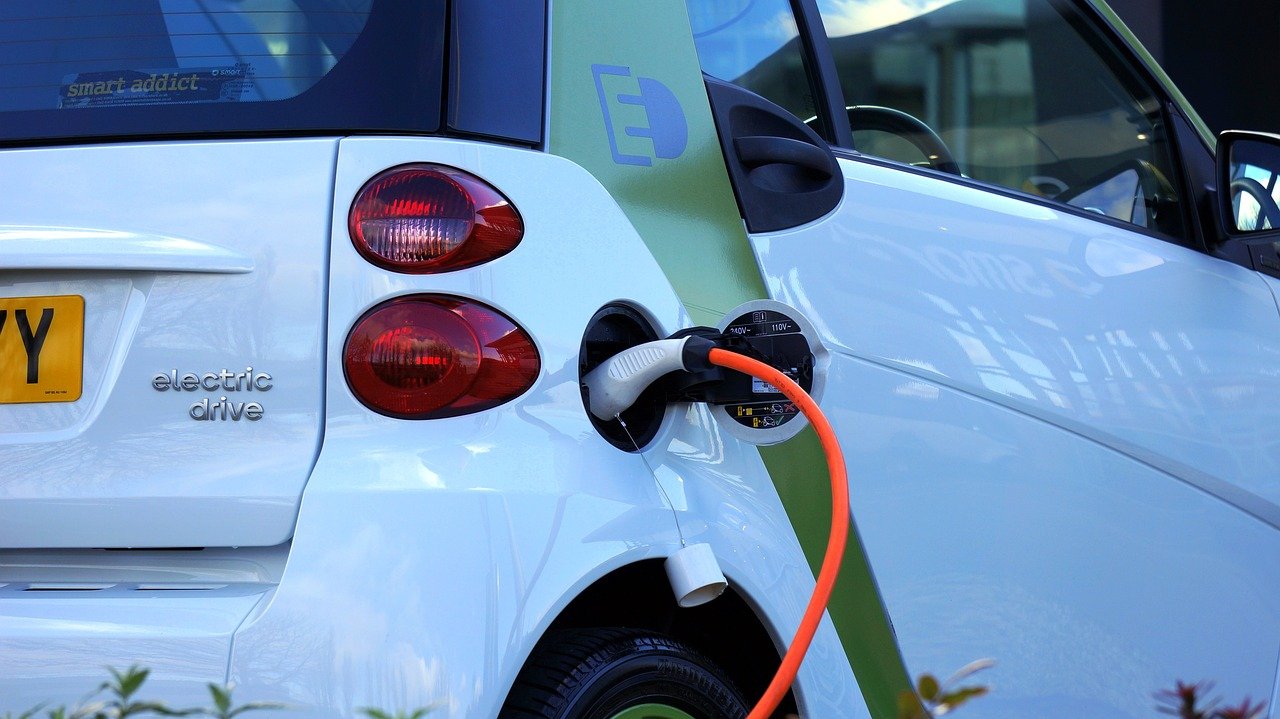Recent economic indicators suggest that China, the world’s second-largest economy, continues to face challenges in its recovery journey. Despite being a powerhouse, the country’s factory activity seems to have contracted for the fifth month in a row in August, according to a Reuters poll published on Tuesday. This trend raises concerns not just for China’s domestic situation but for global economic dynamics.
Understanding the Official PMI Figures
The Purchasing Managers’ Index (PMI) is a significant gauge of the manufacturing sector’s health. A PMI reading above 50 suggests that the sector is expanding, whereas a figure below 50 indicates contraction. The recent data expects the PMI for August to be at 49.4, a slight rise from 49.3 in July. However, this figure is still under the 50-mark, indicating that contraction continues.
Out of the 34 economists that took part in the poll, only two forecasted a PMI of 50 or above. Such forecasts reinforce the perspective that the factory sector’s downturn is not just a short-term blip. This sentiment becomes more evident when you consider that the last time the PMI indicated contraction for over three consecutive months was in the six-month phase leading up to October 2019 – a pre-pandemic period.
Comparing China’s Factory Sentiments with the Global Scene
The prolonged contraction in China’s factory activity may be part of a larger global trend. Taimur Baig, the chief economist at DBS, highlighted that demand from China’s main trading partners is on a decline. Specifically, both the U.S. and the Eurozone have seen their Manufacturing PMIs fall below 50 for a considerable duration—nine and fourteen consecutive months, respectively. ASEAN, another significant trading partner for China, has dropped to a near two-year low at 50.8. These data points suggest that the global manufacturing scene is also experiencing turbulence.
Economic Growth Forecasts: An Overview
Several major banks have revised their annual economic growth predictions for China in light of the current conditions. The revisions place the forecasts below the government’s growth target of approximately 5%. Several factors contribute to this deceleration, including a dip in the property market, subdued consumer spending, and a drop in credit growth.
In response to these challenges, Chinese authorities have implemented various measures to stimulate growth. For instance, they’ve reduced interest rates and promised more supportive actions in the near future. Recent announcements included a 50% reduction in stock-trading stamp duties. Additionally, the government approved guidelines to boost affordable housing investments. Despite these measures, analysts predict that housing prices may remain stagnant throughout the year.
The Dilemma for Policymakers
While it’s evident that there’s a need for further stimulus to propel growth, policymakers are in a tight spot. Implementing aggressive stimulus strategies might inflate the country’s already growing debt, adding another layer of economic concern. Therefore, analysts believe that China might avoid rolling out drastic measures to avoid further complicating the debt situation.
Diverse Sectoral Impact
The official manufacturing PMI predominantly reflects the health of large and state-owned corporations. The data for this, along with the services sector survey, will be unveiled on Thursday. It’s essential to understand that while the manufacturing sector is witnessing a downturn, other areas of the economy present a mixed picture.
In the previous month, the services and construction sectors seemed to be on the cusp of contraction. These sectors were the silver linings in an economy grappling with stagnation. Their potential contraction emphasizes the need for a multi-faceted approach to rejuvenate the economy, ensuring not just the revival of manufacturing but also other crucial sectors.
In Conclusion
China’s economic landscape is undergoing a challenging phase. The persistent contraction in factory activity, coupled with global manufacturing downturns and domestic economic pressures, paints a complex picture. The government’s interventions, both existing and anticipated, will play a pivotal role in determining the trajectory of recovery. However, policymakers will need to strike a delicate balance between stimulating growth and mitigating debt risks. The world watches closely, understanding that China’s economic health has ripple effects on the global stage.
Read More:
